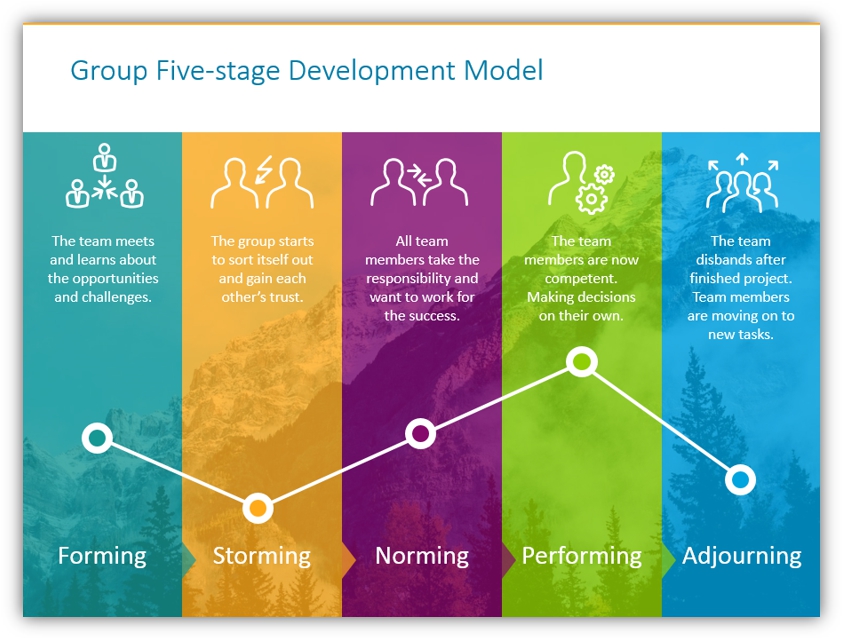
Thank you for pod 6 to share their interactive learning resources – K-pop culture. Today, it is not hard to tell that the South Korean pop music culture has become a worldwide phenomenon. Since multinational fans are addicted to Korean popular music, this interactive learning resource is the right place to learn more about the detail behind this type of music. By going through the whole learning resource, I think this is a well-designed class for students who are interested in K-pop music to attend and explore more into it.
The following are the highlights of this Interactive Learning Resource. The two learning theories of cognitivism and constructivism positively support the description and rationale. I think cognitivism and constructivism are definitely the right learning theories for learners to focus on interacting with the learning materials to develop meaning and present information based on their own understanding. The cooperative learning approach works well for learners to work together on a common task. Each group member is responsible not only for learning the knowledge but also help teammates to learn. It also helps them to make friends easily at the beginning and also offers them an opportunity to establish the skill of collaboration which will be helpful in their workplace.
Moreover, I think it is important to produce enough information for learners about this class before beginning the learning material to clarify any concerns for the learners. The explanation of the learning context is clear and convictive. I can understand that this would be an elective related to Asian culture offered in a college. Also, each learning outcome is aligned with the relevant subtopic, and each learning activity is aligned with the relevant subtopic. The overall class format is well-structured, where each title is highlighted and bolded, and double-spacing enhances readability by providing more spaces between sentences. All requirements of the interactive learning resource are written comprehensively without any missing pieces.
Additionally, the assessment is delivered as multiple choices, which is easy for marking, especially in the online learning environment. Also, it is an attractive assessment approach for large classes. The variety of learning activities engage students in interacting with peers, learning content, and instructor, and focusing on the online class. Eventually, students can obtain better learning outcomes.
Lastly, the Google doc interface is an easy and free tool to allow real-time collaboration. Most leaner used it before, so they do not need to spend extra time to learn how to use it. Even though some learners have not used it before, it has similar features to Microsoft World that make learners easy to start.
The following bullet points are considering for improvement.
- The actual content for each subtopic needs to be included for learners to view. I believe that this is an activity that all your pod members discuss together what kind of content as key facts need to cover in each subtopic under a limited time frame.
- It would be clearer to let the learner know which subtopic aligns with which learning outcome and interactive activity. I realize that there are a few links at the bottom of the Google doc as references. Perhaps you may consider inserting paraphrased text from your references into each learning module.
- For the learning activity, it is important for the instructor to offer students tools to let them make connections. For example, a discussion forum could be created for group discussion. A Zoom link can be given for students to virtually connect with each other.
- The activities of “Right or Wrong” and “What’s wrong with this example” lack main content.
- It would be beneficial to provide VPN support for learners in other countries if they need help to access telecommunication tools such as Zoom and Google Docs in this Covid situation.
- In the outline of the Interactive Learning Resources, I believe the requirement for an overview of the assessment plan asks for an explanation of how you will access your learners who complete the resource. For example, it can be a grading scale with six or seven letter grades to show learners their level. Please reach out to Colin if you need any assistance in clarifying this requirement.
- It seems to me that the requirement of “A rationale for your technology choices” in the outline asks for a description of the technology tool you choose for this course (in your case is Google doc and YouTube).
- I believe it could be helpful for your learner if you provide your contact information for them especially for a live class like this. Let them know that you are here for them and if they need support to reach out to you.
Overall, this is a well-done interactive learning resource. As a learner, I would be super interested in registering this recourse because of the high level of popularity of K-pop right now in the world and the different variety of learning activities that you provided attract me. I can imagine that I would have so much fun in this class. Overall, from a learner’s perspective, I wonder what kind of learning skill I will develop after completing the resource. Additionally, it seems to me that each group needs to make a presentation to present their understanding of K-pop from different perspectives at the end of this class. Therefore, I am not sure whether this group presentation counts as one of the learning activities or one of the assessments. Also, I can tell that this is an online live lecture. Then, I want to know the schedule and exact time of this lecture.
Above are all my feedback for pod 6. Thank you again for doing and sharing this awesome work with me. Please reach out to me if you have any questions.






